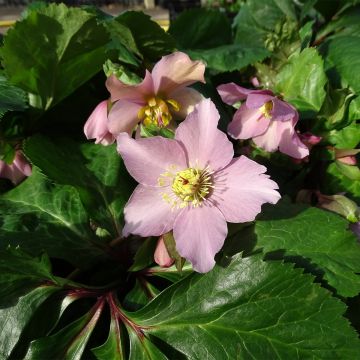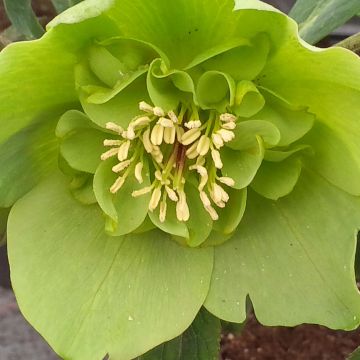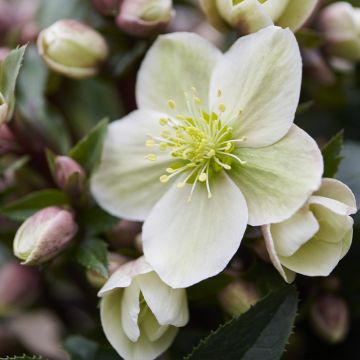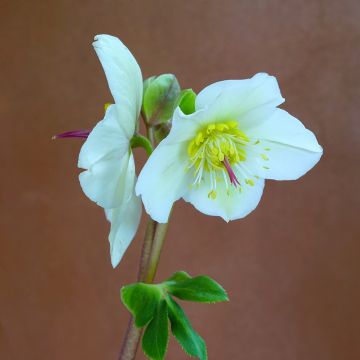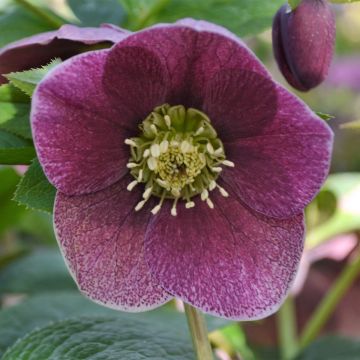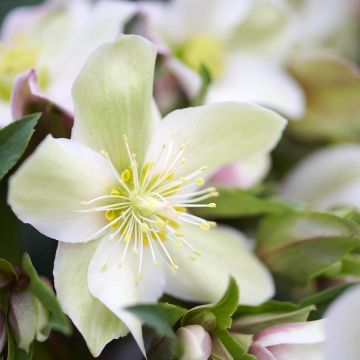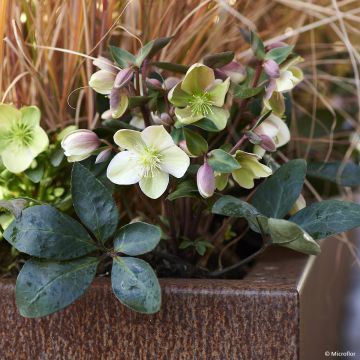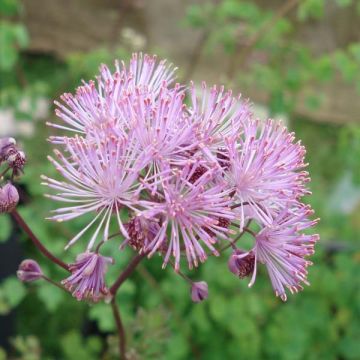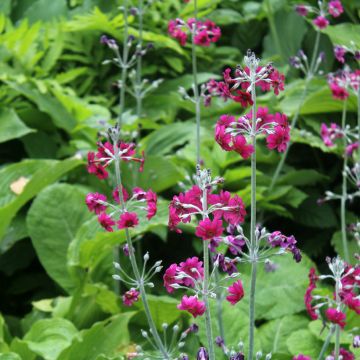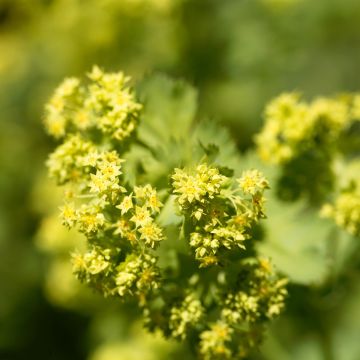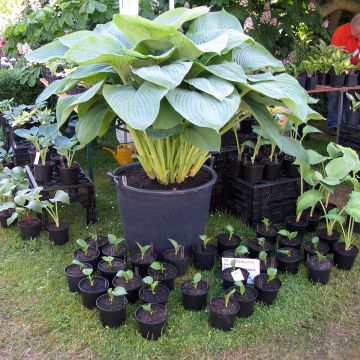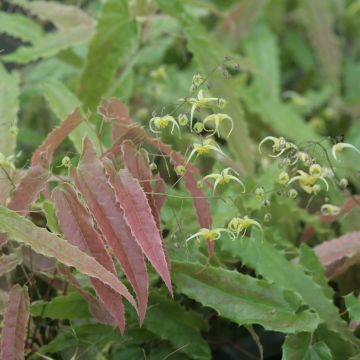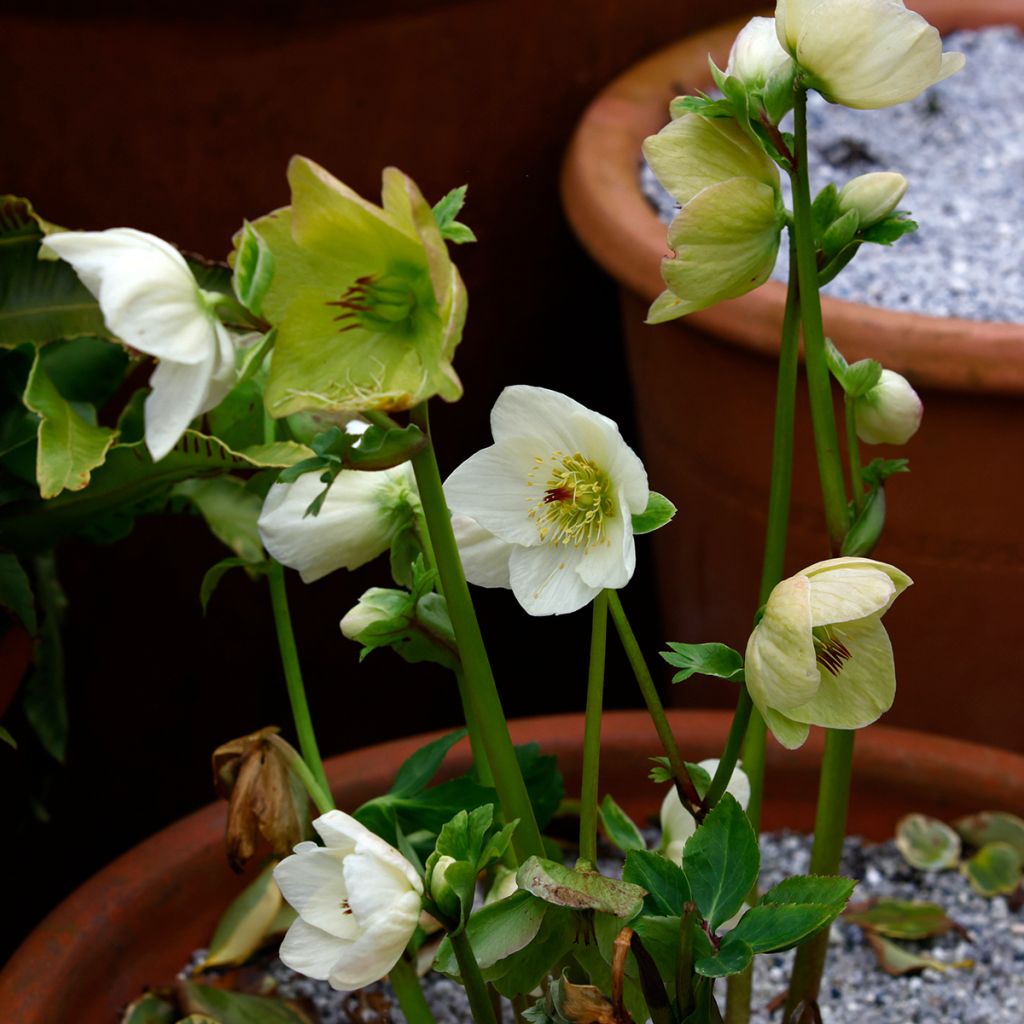

Helleborus HGC Linda
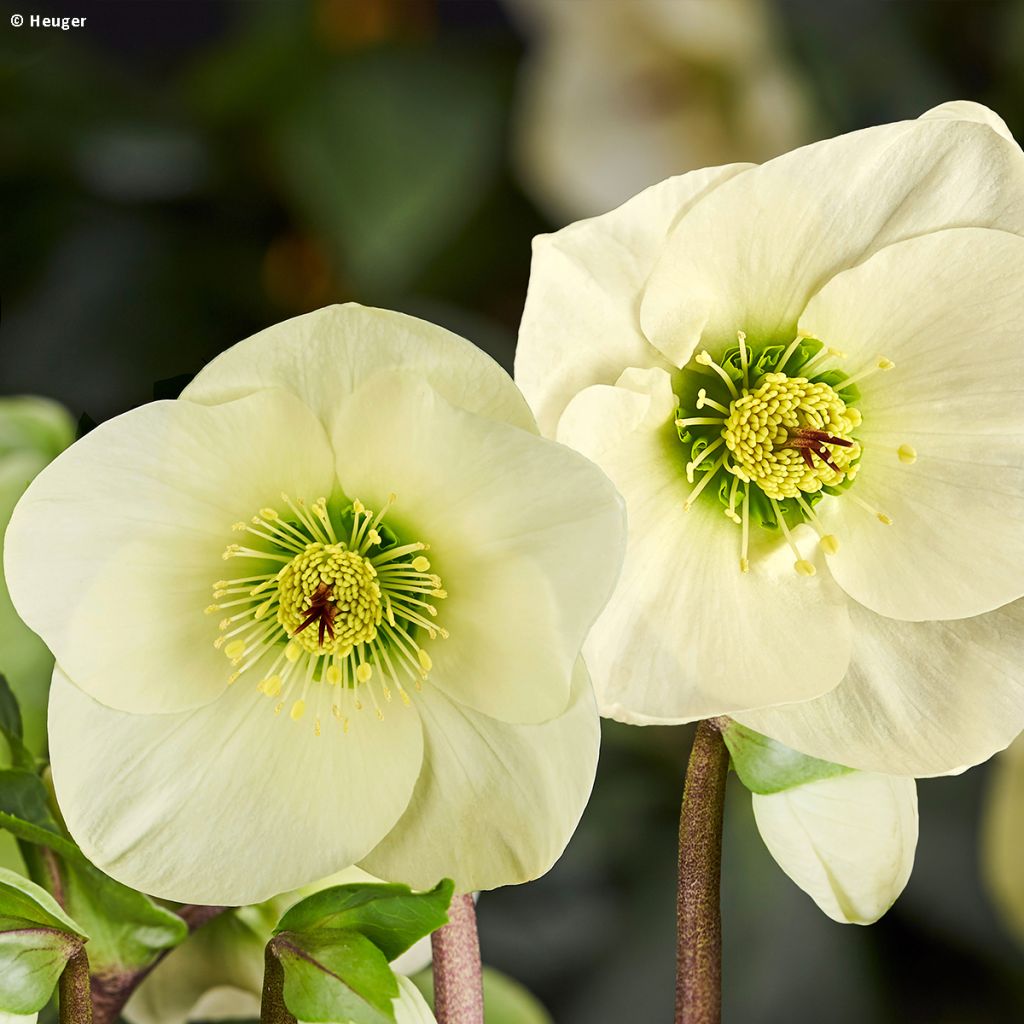

Helleborus HGC Linda
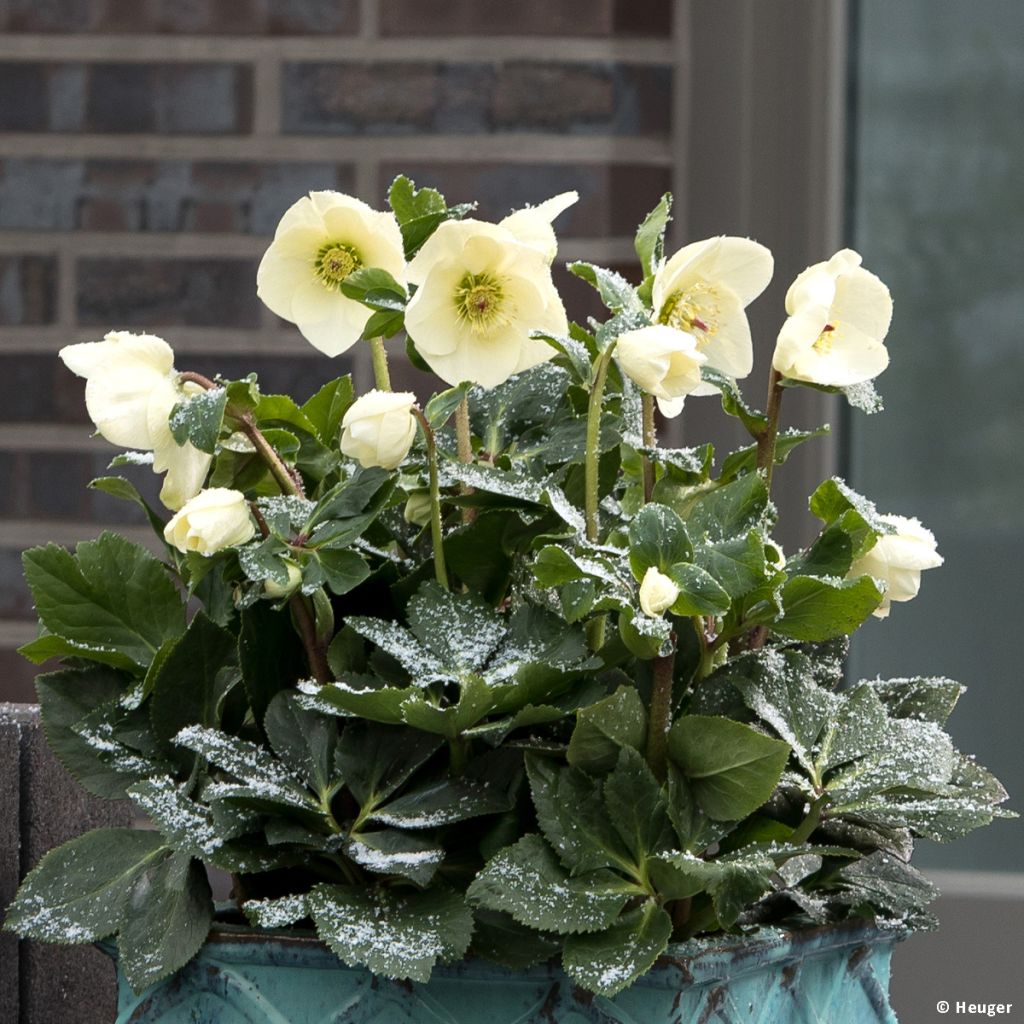

Helleborus HGC Linda
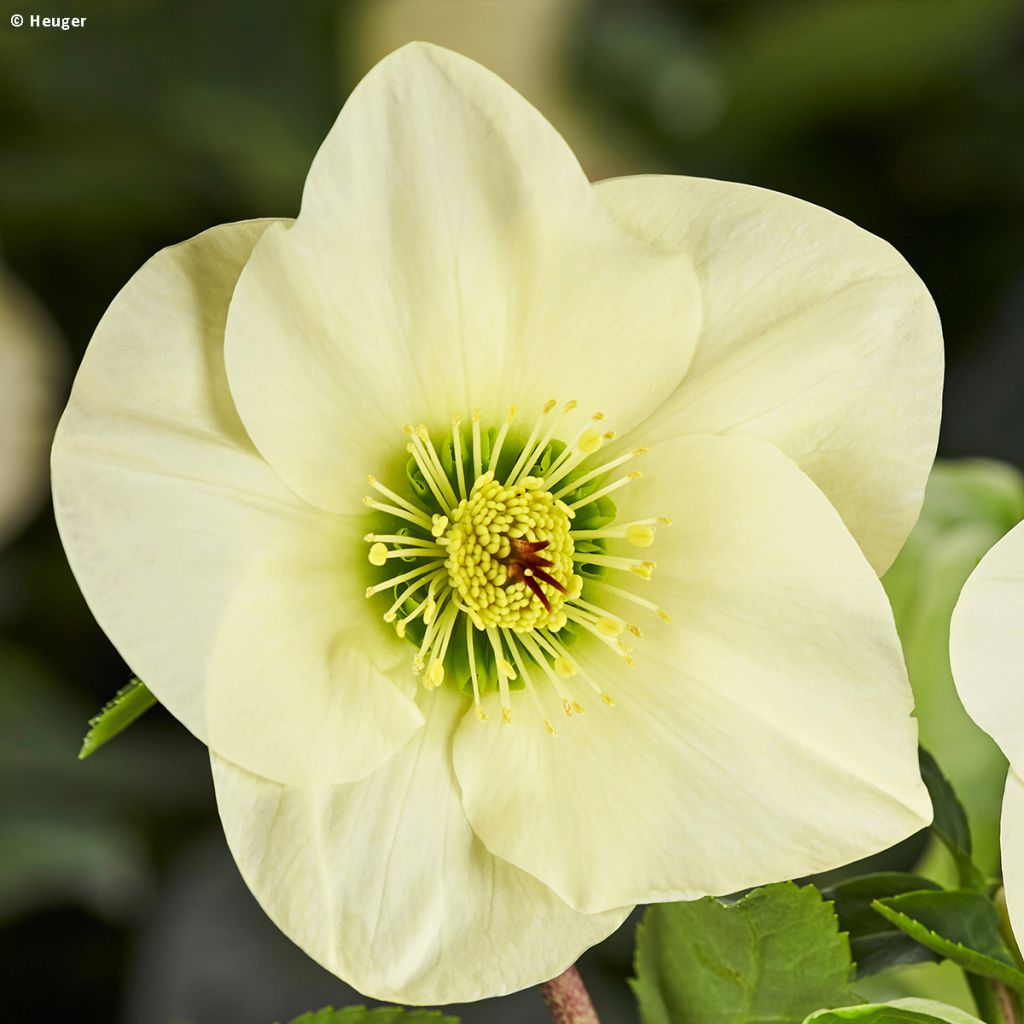

Helleborus HGC Linda
Helleborus HGC Linda
Helleborus x lemperii HGC® Linda
Christmas Rose, Hybrid Hellebore
Special offer!
Receive a €20 voucher for any order over €90 (excluding delivery costs, credit notes, and plastic-free options)!
1- Add your favorite plants to your cart.
2- Once you have reached €90, confirm your order (you can even choose the delivery date!).
3- As soon as your order is shipped, you will receive an email containing your voucher code, valid for 3 months (90 days).
Your voucher is unique and can only be used once, for any order with a minimum value of €20, excluding delivery costs.
Can be combined with other current offers, non-divisible and non-refundable.
Why not try an alternative variety in stock?
View all →This plant carries a 12 months recovery warranty
More information
We guarantee the quality of our plants for a full growing cycle, and will replace at our expense any plant that fails to recover under normal climatic and planting conditions.
Would this plant suit my garden?
Set up your Plantfit profile →
Description
Helleborus HGC Linda is a hybrid Christmas Rose that enchants in winter with long-lasting flowering, from November to spring. This compact perennial develops beautiful dark green, very finely cut, evergreen foliage which highlights the large, bright yellowish cream flowers on sturdy stems. This robust and very hardy perennial can be grown in borders, under shrubs, in mixed borders and pots. Easy to grow in all regions, even in heavy and limestone soils, it thrives in shade or non-scorching sun. Its flowers are beautiful in winter bouquets.
Hellebore is a member of the Ranunculaceae family, which includes around sixty genera and about 2500 species. Many of them are poisonous and contain substances which are toxic if ingested, a natural protection to prevent them from being grazed by herbivores. The genus Helleborus includes about twenty species, some of which have been cross-bred to create new plants. Helleborus x lemperii is a hybrid obtained by fertilisation between H. niger, the Christmas Rose, and H. x hybridus, a cross that was still considered unattainable a few years ago. The German company Heuger, located in Glandorf, Lower Saxony, has made a name for itself by launching the HGC range (Helleborus Gold Collection), characterized by good cold resistance, particularly large flowers carried by sturdy stems, an extended flowering period and the ability to be grown in pots.
Hellebore Linda stands out for its long-lasting flowering. The first flowers appear as early as November and the flower buds continue to develop until spring, in March-April. Large flowers, up to 10 cm (4in) in diameter, then unfold their bright yellowish cream colour petals under the grey winter sky. These wide petals overlap to form a cup-shaped corolla with a green heart, while a bunch of slightly darker yellow stamens creates a perfect harmony of colours. These flowers are very visible rising above the foliage, enhanced by the darker background of the leaves. They bloom vertically, as with most Hellebores, and can even slightly tilt downwards, allowing water to slide off like an umbrella and prevent accumulation in the centre that could cause rot. The foliage consists of palmate, slightly toothed, dark green and glossy, evergreen basal leaves which actually live for only 8 months and are regularly replaced by new leaves. Their architectural shape is particularly decorative throughout the year. Hellebore does not like to be moved once established, with young plants sometimes taking time to flower, so choose its location carefully when planting and be careful not to dig nearby as this could damage the roots. It is resistant to temperatures as low as -23°C and fairly easy to grow. Its compact shape, as wide as it is tall (up to 45-50 cm (18-20in) in all directions), means it will make a superb flowering pot to decorate a balcony or terrace. You can also plant it in a large container with dwarf conifers, decorative grasses or other ornamental evergreen plants.
Hellebores have always been favourite plants for enthusiasts of year-round flowering gardens, and the HGC collection further magnifies their qualities. Linda's creamy yellow colour will blend well with most other flower colours, whether it is the vibrant pink of Cyclamen coum, another winter star in shady areas, or the reds and purples of other hellebores. In neutral soil, you can add volume to your winter bed by planting Hamamelis intermedia Diane in the background, a superb Witch Hazel with filamentous red flowers in the heart of winter. Also consider variegated evergreen foliage, which the genus Aucuba can offer, sometimes with the bonus of very decorative red fruits. Another often overlooked option is decorative bark, which is unparalleled in a winter garden when leaves have faded. Prunus serrula, or Tibetan Cherry, is sublime with its mahogany hue, even more beautiful when shiny from the rain.
Report an error about the product description
Helleborus HGC Linda in pictures
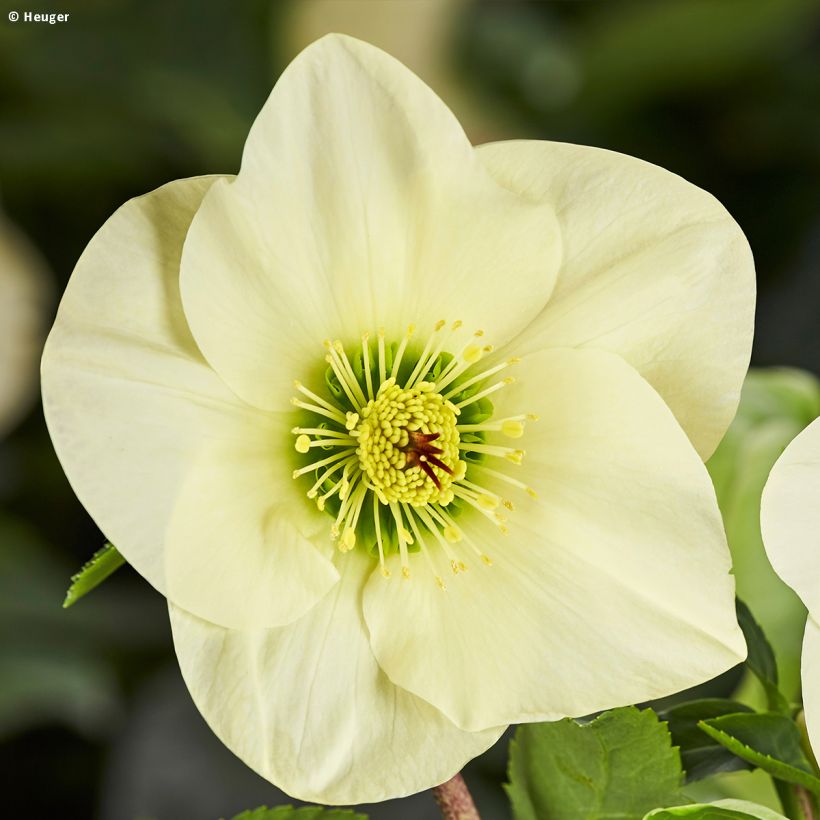

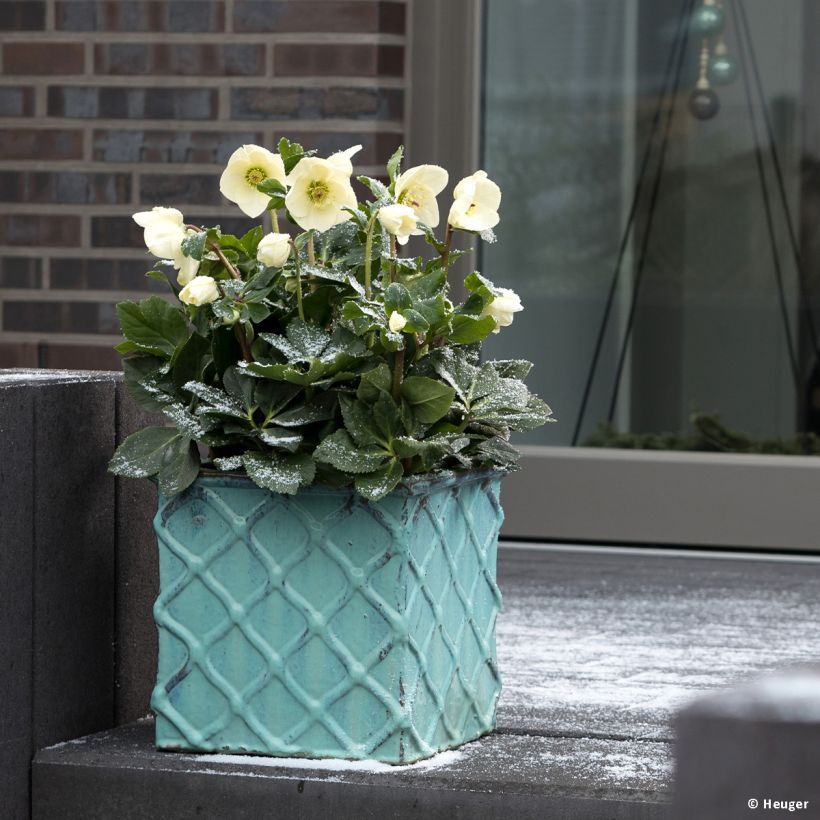

Flowering
Foliage
Plant habit
Safety measures
Botanical data
Helleborus
x lemperii
HGC® Linda
Ranunculaceae
Christmas Rose, Hybrid Hellebore
Cultivar or hybrid
ingestion
Cette plante est toxique si elle est ingérée volontairement ou involontairement.
Ne la plantez pas là où de jeunes enfants peuvent évoluer, et lavez-vous les mains après l'avoir manipulée.
Pensez à conserver l'étiquette de la plante, à la photographier ou à noter son nom, afin de faciliter le travail des professionnels de santé.
Davantage d'informations sur https://plantes-risque.info
Planting and care
Hellebore grows in any deep, rich, light or clayey soil, even limestone, in partial or light shade, sheltered from cold and dominant winds. Avoid the sun at the hottest hours in the south. This perennial is best planted from early autumn to spring when there is no frost. It thrives in deeply worked soil mixed with organic matter. Water well after planting and add a layer of mulch 2 to 5 cm (1 to 2in) thick. Regularly remove faded flowers to improve flowering. Be sure to plant with a space of 30 to 40 cm (12 to 16in) to promote their development. The plant does not tolerate stagnant water, as it may rot. From the second year after planting, feed in February and then in the middle of summer, when the plant produces new roots and initiates future flower buds. Use organic fertilisers containing equal amounts of potassium and nitrogen to avoid creating an imbalance.
The roots should not dry out completely in summer. Hellebores can be affected by a cryptogamic disease transmitted by aphids, called black spot. Remove the stained leaves when the flower buds appear. Remove faded flowers after the seeds have fallen. They can also suffer from grey rot or die from collar rot. This often comes from poor growing conditions, in overly moist situations.
On a balcony or terrace, plant them in pots that are significantly larger than them, as they need space to develop their root system. This very hardy plant can withstand temperatures down to -23°C, allowing it to adapt in all regions. Mostly originating from circum-Mediterranean regions, hellebores are undemanding plants that can live for many years without needing much care.
Planting period
Intended location
Care
This item has not been reviewed yet - be the first to leave a review about it.
Similar products
Haven't found what you were looking for?
Hardiness is the lowest winter temperature a plant can endure without suffering serious damage or even dying. However, hardiness is affected by location (a sheltered area, such as a patio), protection (winter cover) and soil type (hardiness is improved by well-drained soil).

Photo Sharing Terms & Conditions
In order to encourage gardeners to interact and share their experiences, Promesse de fleurs offers various media enabling content to be uploaded onto its Site - in particular via the ‘Photo sharing’ module.
The User agrees to refrain from:
- Posting any content that is illegal, prejudicial, insulting, racist, inciteful to hatred, revisionist, contrary to public decency, that infringes on privacy or on the privacy rights of third parties, in particular the publicity rights of persons and goods, intellectual property rights, or the right to privacy.
- Submitting content on behalf of a third party;
- Impersonate the identity of a third party and/or publish any personal information about a third party;
In general, the User undertakes to refrain from any unethical behaviour.
All Content (in particular text, comments, files, images, photos, videos, creative works, etc.), which may be subject to property or intellectual property rights, image or other private rights, shall remain the property of the User, subject to the limited rights granted by the terms of the licence granted by Promesse de fleurs as stated below. Users are at liberty to publish or not to publish such Content on the Site, notably via the ‘Photo Sharing’ facility, and accept that this Content shall be made public and freely accessible, notably on the Internet.
Users further acknowledge, undertake to have ,and guarantee that they hold all necessary rights and permissions to publish such material on the Site, in particular with regard to the legislation in force pertaining to any privacy, property, intellectual property, image, or contractual rights, or rights of any other nature. By publishing such Content on the Site, Users acknowledge accepting full liability as publishers of the Content within the meaning of the law, and grant Promesse de fleurs, free of charge, an inclusive, worldwide licence for the said Content for the entire duration of its publication, including all reproduction, representation, up/downloading, displaying, performing, transmission, and storage rights.
Users also grant permission for their name to be linked to the Content and accept that this link may not always be made available.
By engaging in posting material, Users consent to their Content becoming automatically accessible on the Internet, in particular on other sites and/or blogs and/or web pages of the Promesse de fleurs site, including in particular social pages and the Promesse de fleurs catalogue.
Users may secure the removal of entrusted content free of charge by issuing a simple request via our contact form.
The flowering period indicated on our website applies to countries and regions located in USDA zone 8 (France, the United Kingdom, Ireland, the Netherlands, etc.)
It will vary according to where you live:
- In zones 9 to 10 (Italy, Spain, Greece, etc.), flowering will occur about 2 to 4 weeks earlier.
- In zones 6 to 7 (Germany, Poland, Slovenia, and lower mountainous regions), flowering will be delayed by 2 to 3 weeks.
- In zone 5 (Central Europe, Scandinavia), blooming will be delayed by 3 to 5 weeks.
In temperate climates, pruning of spring-flowering shrubs (forsythia, spireas, etc.) should be done just after flowering.
Pruning of summer-flowering shrubs (Indian Lilac, Perovskia, etc.) can be done in winter or spring.
In cold regions as well as with frost-sensitive plants, avoid pruning too early when severe frosts may still occur.
The planting period indicated on our website applies to countries and regions located in USDA zone 8 (France, United Kingdom, Ireland, Netherlands).
It will vary according to where you live:
- In Mediterranean zones (Marseille, Madrid, Milan, etc.), autumn and winter are the best planting periods.
- In continental zones (Strasbourg, Munich, Vienna, etc.), delay planting by 2 to 3 weeks in spring and bring it forward by 2 to 4 weeks in autumn.
- In mountainous regions (the Alps, Pyrenees, Carpathians, etc.), it is best to plant in late spring (May-June) or late summer (August-September).
The harvesting period indicated on our website applies to countries and regions in USDA zone 8 (France, England, Ireland, the Netherlands).
In colder areas (Scandinavia, Poland, Austria...) fruit and vegetable harvests are likely to be delayed by 3-4 weeks.
In warmer areas (Italy, Spain, Greece, etc.), harvesting will probably take place earlier, depending on weather conditions.
The sowing periods indicated on our website apply to countries and regions within USDA Zone 8 (France, UK, Ireland, Netherlands).
In colder areas (Scandinavia, Poland, Austria...), delay any outdoor sowing by 3-4 weeks, or sow under glass.
In warmer climes (Italy, Spain, Greece, etc.), bring outdoor sowing forward by a few weeks.































